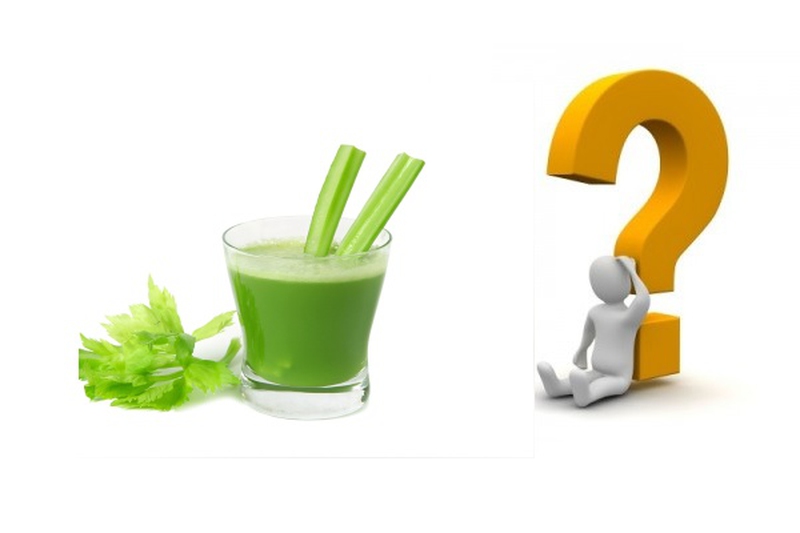Irrespective of whether you are a fan of green juice or are not yet to decide on taking the plunge in this juicing world, there are some important notes you should know about green juice recipes.

5 Things You Should Know About Green Juices
Tools for Green Juice
To a novice in the world of juicing, there might be no difference in a juicer and a blender. However, juicers are more expensive and ensure maximum juice and nutrients are extracted from the vegetables and only a dry pulp is left behind. This gives a lot of nutrients without making the stomach feel full, as there is no fiber. A juice made using a blender has more fiber and tends to make you feel full quicker.
Organic and Clean Ingredients
In green juice recipes, you consume the vegetables in raw form, sometimes with the peel on. For this reason, it is recommended to buy organic vegetables. A lot of pesticides and chemicals are sprayed on non-organic, which can enter our system. However, organic produce is expensive and not everyone can afford it. You can save some funds for buying organic produce with less pesticide, such as kiwi, mangos, avocados, etc. Or at least, wash ingredients well before juicing.
Less Fruits
Green juice recipes usually tend to have less fruit and more vegetables because the former ones contain natural sugars. The green leafy vegetables add extra nutrients to the juices, for e.g. Kale
Storage of Green Juice
To get the maximum benefits from the juice, it is important to have them fresh, especially within 20 minutes of extracting. If this is not possible, the juice should be stored in a glass jar with an airtight lid and refrigerated. Depending on the type of ingredients used, the juice can last in the refrigerator for up to 3 days.
More Than Just Green
When such trends get into the limelight, people tend to put the other health foods out of the picture. As good as green leafy vegetables might be for you, the other colorful foods are excellent as well. They include reds like peppers, tomatoes and beets, yellow like orange foods like carrots, squash and sweet potatoes, blue-purple vegetables like cabbage and egg-plant. Even white colored foods like onions, cauliflowers and mushrooms are excellent. It is important to include a wide variety of vegetables in your diet and hence the diet should be kept colorful.

View All Comments /Add Comment